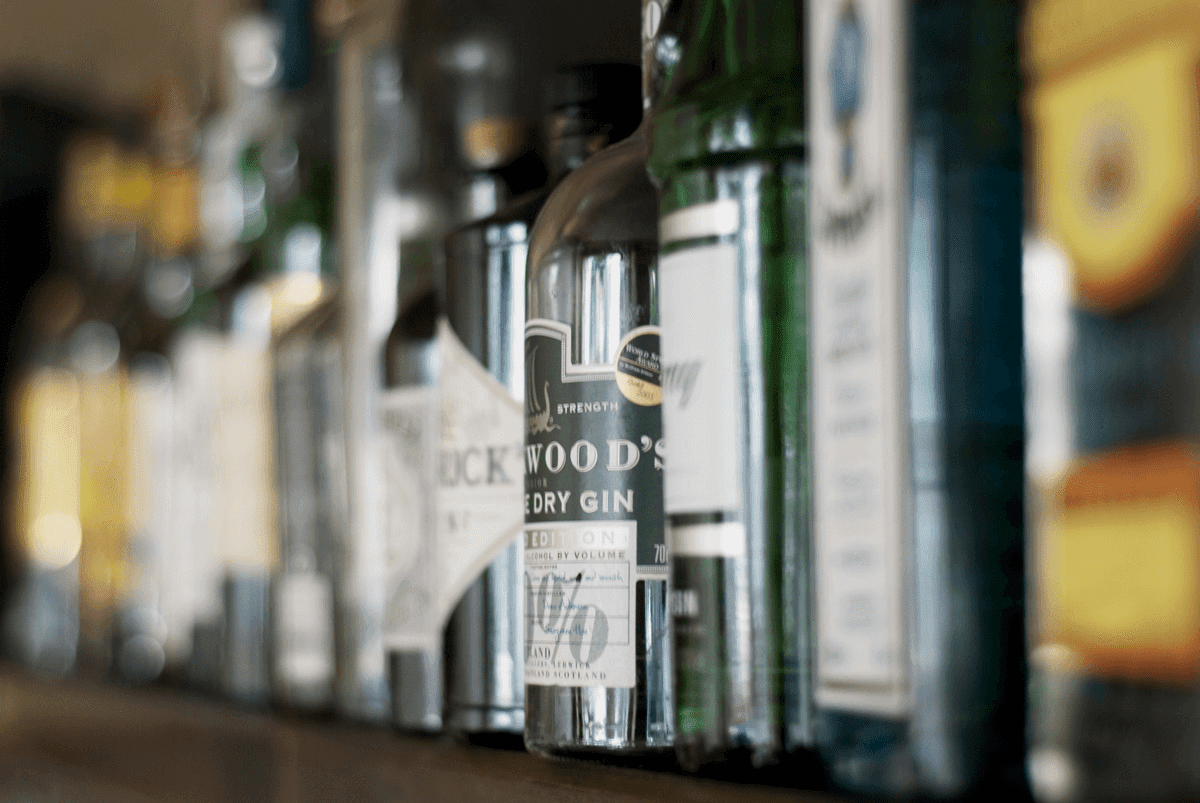
Types of Gin: A Quick Guide to Gin Types and Brands
|
|
Time to read 4 min
|
|
Time to read 4 min
Gin has had quite the journey! Known by names like "Royal Poverty" and "Mother’s Ruin" in the 16th century, this spirit was far from the refined drink we know today.
It became the go-to drink in 18th-century Britain, especially with high taxes on imported spirits, leading to the rise of gin shops catering to the masses. The name "Gin" comes from the French "genièvre" and the Dutch "jenever," both meaning "juniper," which is the heart and soul of this iconic drink.
Fast forward to today, and there’s an exciting world of gin types and brands waiting for you! From the bold and herbaceous to the sweet and fruity, the options are endless.
In this guide, we’ll break down the different types of gin and highlight some of the best brands out there so you can find the perfect bottle for your next gin-tasting adventure!
Gin isn’t just gin, it’s a whole world of flavors and styles! From the crisp, classic London Dry to the bold punch of Navy Strength, there’s a gin for every taste adventure.
Let’s explore these different types of gin styles and see what makes each one unique and worth sipping.
London Dry Gin is the world’s go-to gin, and for good reason! Despite the name, it’s not confined to London, and any distiller anywhere can make it, as long as it's crafted with pure grain spirit and infused with botanicals through re-distillation. And no sneaky additives allowed. Only water can join the mix!
This classic style is a flavor chameleon, with everything from zesty citrus notes like Sipsmith’s, to herbaceous twists found in Edinburgh Gin, and even spicy, peppery surprises in Boë Superior Gin. When you order a G&T at bars around the globe, from Stockholm to Jaipur, you’re likely sipping on a London Dry.
The overproof style gins are not for the faint-hearted. At a bold 57% ABV, clever sailors crafted Navy Strength Gin in the British Navy. While they were busy colonizing the world and fending off pirates, they discovered an important fact: if their gin spilled on gunpowder, it would only still ignite if the ABV was at least 57%. Any less, and they were in serious trouble!
There are several excellent Navy Strength Gins out there, but our top pick is Perry’s Tot Navy Strength Gin, named after a Brooklyn Naval Yard Commandant. It’s a gin that’s as bold as its history, and it’ll keep your gunpowder intact!
Genever, the original gin, offers a malt wine base, giving it a unique character that’s a far cry from today’s London Dry Gin. It comes in two distinct styles: the classic “old” genever, which packs between 15% and 50% malt wine, offering a rich, whiskey-like depth, and the lighter, fresher “young” genever, which has up to 15% malt wine.
Both are very useful in any bartender’s arsenal, especially for making pre-prohibition cocktails. Give both styles a try and experience a whole new level of gin!
The nineteenth century saw the rise of Old Tom Gin, a sweeter, softer style of spirit. Although less popular than its sister styles (likely due to the popularity of the Gin & Tonic), it recently enjoyed a resurgence thanks to the rise in popularity of cocktails calling for a sweeter gin. We’re sure this gin is on its way up! With its rich, intense flavors, it’s a style worth celebrating and savoring.
The name “Old Tom” comes from the quirky wooden plaques shaped like black tom cats outside pubs during gin’s secretive, rebellious past.
To dodge gin taxes, the British government tried to clamp down, but clever drinkers created hidden slots under the cat signs. Drop in your coins, and voilà, a shot of gin would come pouring from the tube inside!
Hayman’s Old Tom Gin is a favorite of ours, packed with bold juniper flavors and a sweet botanical twist. Want something with a unique twist? Try Queen’s Courage Gin, a citrusy, honeyed delight that’s perfect in a Martinez cocktail. It’s a sweet, sophisticated take on a Martini, so you can sip like a modern-day, sugar-coated James Bond.
Bathtub Gin, the spirit born out of necessity during Prohibition. Back then, folks got creative, mixing grain alcohol and flavorings in bathtubs (yep, you read that right!). It was often rough around the edges, but those wild concoctions led to the birth of some legendary cocktails.
Today, you can still taste the rebellious spirit of Bathtub Gin, which combines bold, juniper-packed flavor with a bit of DIY charm.
Infused or flavored gins are a bit of a wildcard in the gin world. They often don’t even count as "Gin" in the traditional sense!
A prime example is Sloe Gin, which is a sweet, fruit-infused beauty that becomes a liqueur, thanks to added sugar. Originally crafted in homes across Britain for a festive holiday tipple, it’s now a popular staple in many gin producers’ collections.
Sipsmith’s Sloe Gin is a great choice. It’s dry with a perfect balance of sweetness. Whether you enjoy it straight, chilled, or topped with sparkling wine, it’s incredibly versatile.
With so many flavor options, from herbal to citrusy, spicy to sweet, there’s an infused gin for everyone. All you need to do is find the one that suits your taste!
Now that you’re armed with all the knowledge about the different types of gin, you’re ready to find your perfect bottle! Whether you’re into bold, spicy notes or refreshing citrus twists, there’s a gin out there waiting to become your new favorite.
We recommend checking out our list of top 10 gins to kickstart your search. Trust us, your taste buds will thank you!


